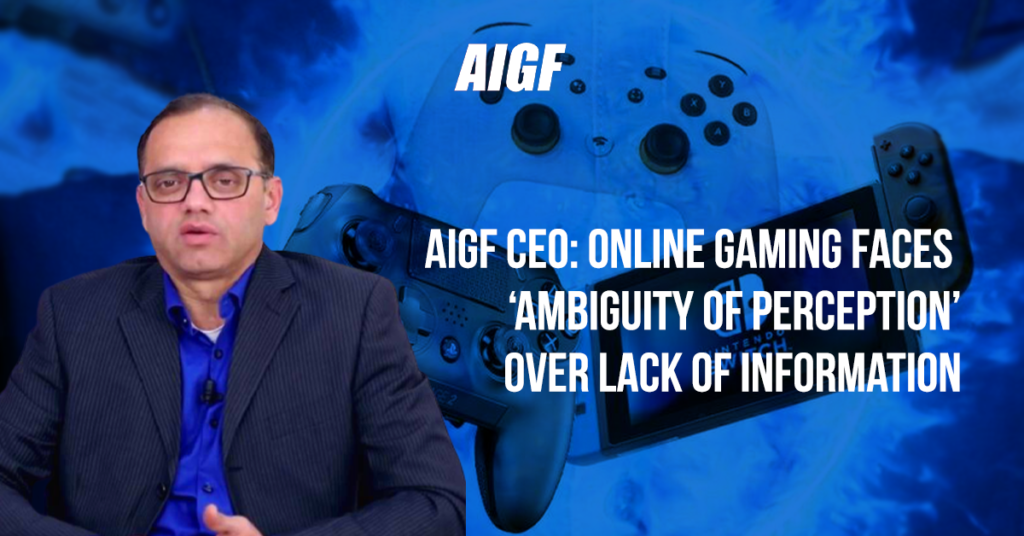Insufficient information in the online gaming industry has led to an “uncertainty in perception” by the public. Although the industry is becoming more and more popular in India, this is one of the industry’s challenges.
AIGF CEO: Online Gaming Faces ‘Ambiguity Of Perception’ Over Lack Of Information
Insufficient information in the online gaming industry has led to an “uncertainty in perception” by the public. Although the industry is becoming more and more popular in India, this is one of the industry’s challenges.
Roland Landers, CEO of All India Gaming Federation (AIGF), recently discussed the exponential growth that online gaming is currently enjoying and the challenges the sector faces. In an interview with AnimationXpress, Landers said: “Online gaming and streaming have seen a new boom, with game-play increasing three-folds on the online platform, with many online skill gaming platforms reporting three times’ more user engagement and higher traffic in mobile gaming.”
Online gaming trends in 2021
This year, as gaming technology becomes ‘more affordable’, Landers believes that the industry ‘becomes more interactive, immersive and social’; cloud gaming services such as Arcade and Google Stadia are expected to launch, as well as advanced Artificial Reality (AR) and Virtual Reality (VR) as the design focus shifts to localized themes and games. According to Ronald Landers, “Many local game developers are creating games in multiple local languages for custom content.”
In terms of equipment, AIGF executives predict that smartphone penetration will increase, data access will be faster and more affordable, and as investment increases, the payment digital ecosystem is also growing because the industry believes in “increased recognition and growing popularity amongst youngsters.”
The large supply of cheap mobile phones and the popularization of high-speed Internet, coupled with affordable data plans, have resulted in 7.3 billion installations in the mobile-first gaming market, or 17 percent of the market share of installations according to SensorTower data.
In terms of value, the country’s gaming industry surged from US$62 billion in the fiscal year 2019 to US$90 billion in the fiscal year 2020, mainly due to increased participation during the ongoing coronavirus lockdown. The casual entertainment games that have real-money game components, and the esports and mobile fantasy cricket have also contributed to the development of the Indian gaming industry.
Gaming industry working to end ‘ambiguity of perception
Despite its growing popularity, the online gaming industry still faces what Landers calls “an ambiguous view of the public.” He said this was due to insufficient information about the industry.
This also does not help advance the legal status of the game. The legal status of the Indian gaming industry needs to be updated, so the supervision of all states in the country has become more unified. Public interest is the driving force behind most of these decisions, and the result is legal standards, definitions, and “red lines”.
The good news, however, is that the gaming industry is working hard to bring “the attention it deserves” to the industry, Landers said, adding: “Currently, the gaming industry follows a self-regulatory model, which incorporates the necessary checks and balances to ensure sufficient responsible gaming and protection of gamers. Regulating this sunrise sector can boost investment trends in states, create jobs, and contribute economically.”
Credits: TheNewsMinute











Comments
Comments are closed.